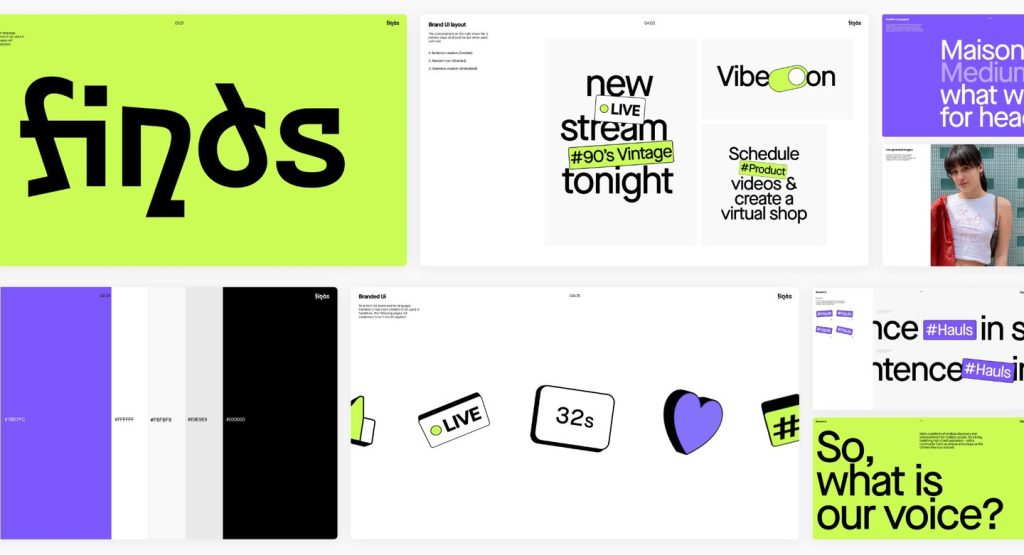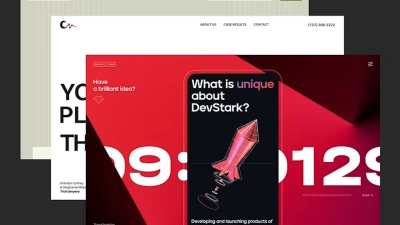Introduction
Born between the mid-1990s and early 2010s, Designing Websites for Gen Z is the first truly digital-native generation. They’ve grown up with smartphones, social media, and instant access to information — and their expectations for online experiences are higher than ever. For brands and designers, creating websites that appeal to Gen Z means understanding their values, behaviors, and aesthetic preferences.
This blog explores the key trends, design principles, and strategic insights needed to build websites that engage, convert, and retain Gen Z users.
1. Understanding Gen Z: Digital Natives with High Standards
✅ Mobile-First Mentality
Gen Z lives on their phones. They expect websites to be fast, responsive, and optimized for mobile — not just adapted from desktop.
✅ Visual-First Communication
They prefer images, videos, emojis, and GIFs over long blocks of text. Visual storytelling is essential.
✅ Authenticity Over Perfection
Gen Z values realness. Overly polished or corporate-looking websites can feel inauthentic.
✅ Speed and Simplicity
They have short attention spans and little patience for slow-loading or cluttered sites.
✅ Social and Ethical Awareness
Gen Z supports brands that align with their values — sustainability, inclusivity, and transparency matter.
2. Design Trends That Resonate with Gen Z
1. Bold Typography and Color Schemes
Gen Z loves expressive design. Bold fonts, vibrant colors, and high contrast visuals grab attention and convey personality.
Tips:
- Use dynamic typefaces for headlines
- Experiment with color blocking and gradients
- Ensure accessibility with proper contrast ratios

2. Microinteractions and Animations
Subtle animations and interactive elements enhance engagement and make the experience feel alive.
Examples:
- Hover effects
- Scroll-triggered animations
- Loading transitions
3. Minimalist Layouts with Visual Hierarchy
Clean, uncluttered designs help users focus and navigate easily.
Tips:
- Use whitespace strategically
- Prioritize content with clear hierarchy
- Avoid overwhelming users with too many options
4. Mobile-Optimized Interfaces
Design for thumb-friendly navigation, fast loading, and vertical scrolling.
Tips:
- Use large buttons and touch targets
- Optimize images and videos for mobile
- Test across devices and screen sizes
5. Dark Mode and Custom Themes
Gen Z appreciates personalization. Offering dark mode or customizable themes adds a layer of user control.
3. Content Expectations: Speak Their Language
1. Short, Snackable Content
Break content into digestible chunks. Use bullet points, icons, and visuals to convey information quickly.
2. Video Integration
Gen Z consumes video more than any other format. Embed short-form videos, tutorials, and behind-the-scenes clips.
3. Interactive and Gamified Elements
Quizzes, polls, and challenges increase engagement and time on site.
4. User-Generated Content (UGC)
Showcase real users, reviews, and social media posts to build trust and community.
5. Conversational Tone
Use casual, relatable language. Avoid jargon and overly formal copy.

4. Features That Gen Z Values
1. Fast Load Times
Speed is non-negotiable. Optimize performance to reduce bounce rates.
2. Seamless Social Integration
Make it easy to share, follow, and engage across platforms.
3. Personalization
Use data to tailor content, product recommendations, and experiences.
4. Ethical Transparency
Highlight sustainability efforts, diversity initiatives, and brand values.
5. Real-Time Support
Live chat, chatbots, and responsive customer service are expected.
5. Accessibility and Inclusivity
Gen Z expects inclusive design that accommodates all users.
Best Practices:
- Use alt text for images
- Ensure keyboard navigation
- Offer language and font size options
- Avoid gendered assumptions in forms and content
6. SEO and Discoverability for Gen Z
1. Optimize for Mobile Search
Use mobile-friendly keywords and local SEO strategies.
2. Leverage Social Search
Gen Z often discovers brands via TikTok, Instagram, and YouTube. Align your content strategy accordingly.
3. Use Schema Markup
Enhance visibility in search results with structured data.

7. Analytics and Feedback Loops
1. Track Behavior
Use tools like Google Analytics, Hotjar, or Mixpanel to understand how Gen Z interacts with your site.
2. A/B Testing
Test headlines, layouts, and CTAs to optimize engagement.
3. Collect Feedback
Use surveys, polls, and feedback forms to learn directly from users.
8. Real-World Examples of Gen Z-Friendly Websites
Glossier
- Minimalist design
- UGC and community focus
- Mobile-first experience
Depop
- Social commerce layout
- Bold visuals and typography
- Seamless mobile navigation
Duolingo
- Gamified learning
- Playful animations
- Conversational tone
Conclusion: Design with Empathy and Intention
Designing websites for Gen Z isn’t about chasing trends — it’s about understanding their mindset, values, and digital behaviors. By prioritizing authenticity, speed, interactivity, and inclusivity, you can create experiences that not only attract Gen Z users but turn them into loyal advocates.
Whether you’re building a brand from scratch or refreshing an existing site, keep Gen Z at the center of your design decisions — and you’ll build something that truly resonates.




